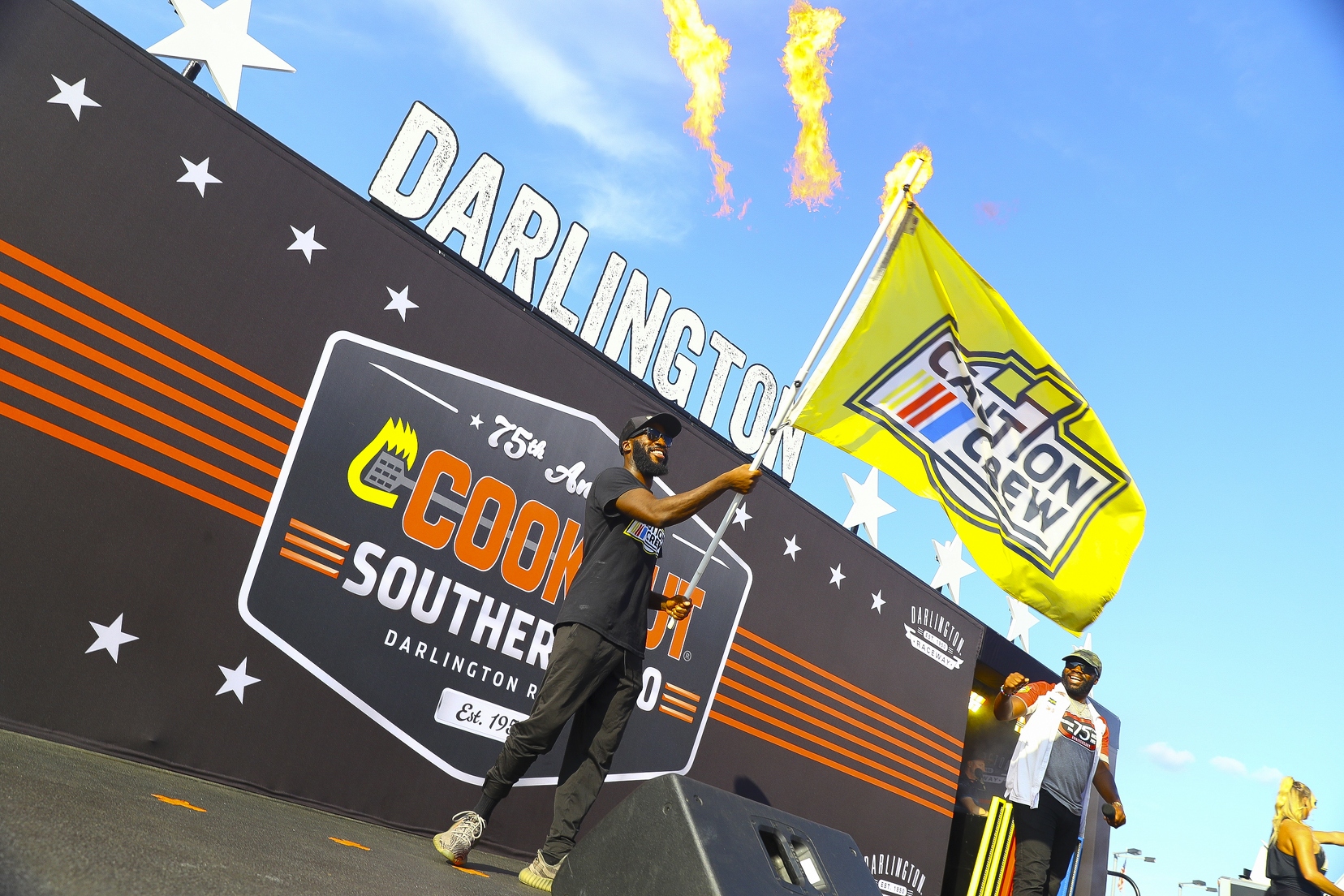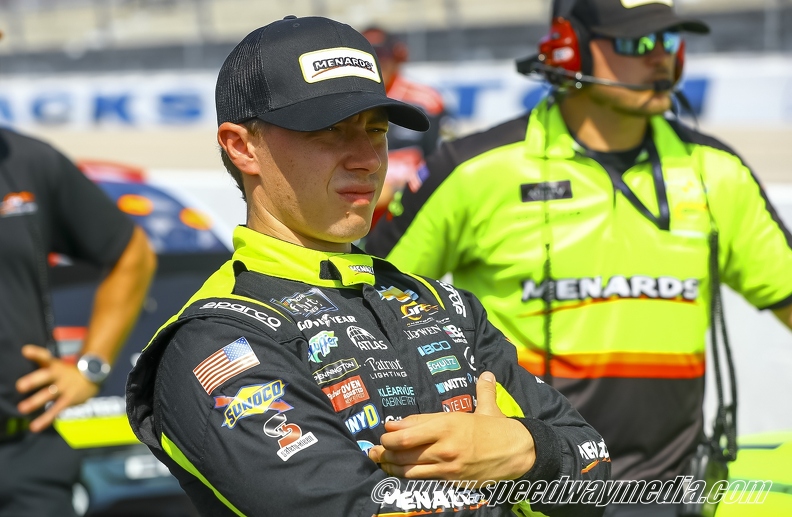Before CBS broadcast the 1979 Daytona 500 in full from flag to flag, NASCAR races were not broadcast all the way through and instead were tape-delayed. NASCAR tape-delay races would instead be shown in parts with broadcasters, but on rotation in a show like ABC’s Wide World of Sports or NBC Sports World.
This was very popular with the networks on the weekends and sometimes weekdays in the late 50s to the 1980s to show sports that would have a niche interest in the eyes of the networks. Fan interest was also put into play in terms of what niche sports were shown. NASCAR races were also broadcast live through these programs as well.
It wasn’t until 1978 when legendary NASCAR Broadcaster Ken Squier and NASCAR Chairman at the time Bill France Jr. convinced CBS to air the 1979 Daytona 500 from start flag to checkered flag. At first, CBS was very hesitant to air the full event due to concerns about the four-hour length of the race and the viewability of it. Before that, they would show parts of NASCAR races on their version of Wide World of Sports called CBS Sports Spectacular.
Flag-to-flag coverage of a race had never been tried before by any network. Then later that year Mr. Squier convinced Neal Pinson, who worked at CBS and CBS Sports at the time, to air the entire Daytona 500 on CBS TV from green flag to checkered flag across the US. After that, the rest was history. What also helped was on the day of the 1979 Daytona 500 there was a massive snowstorm across most parts of the US but the race track didn’t have that issue.
This led to many people staying in their homes and watching TV. This was a godsend to NASCAR and CBS. Thousands of people flocked to their TV sets and watched that year’s Daytona 500. The Daytona 500 is one of those Super Bowl-like events millions watch today when it’s on FOX, which acquired the rights to broadcast it in 2001 after NASCAR and CBS stopped working together. If it weren’t for Mr. Squier and CBS, as well as NASCAR’s family, the France family, we wouldn’t have full races and NASCAR coverage on TV and on video like we do today.







